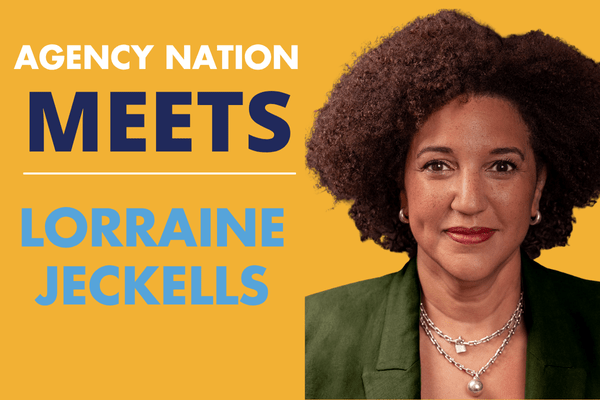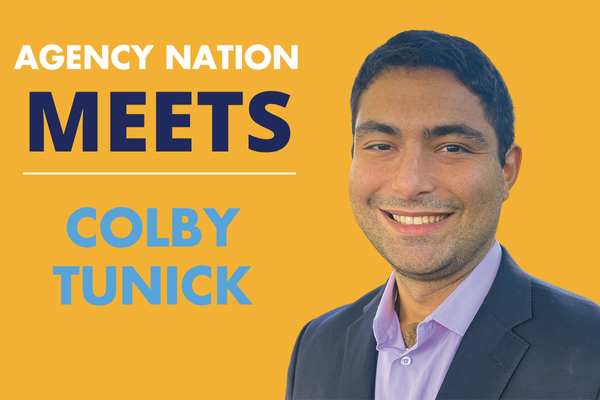Brave New Omni-Channel World: Adapt or Bust

By: John Tiene
According to Google Research, 98% of Americans switch between devices throughout the course of one day.
Technology is changing the buying patterns of insurance consumers, and not just among millennials. Every baby boomer has a smartphone and knows how to use it. This emphasis on ease, convenience and mobility has opened the door to new insurance competition from retail goliaths like Wal-Mart, Amazon, credit card companies and a host of insurance startups.
Meanwhile, large insurance carriers are using data analytics to leapfrog agents and sell directly to consumers. Mergers & acquisitions, perpetuation headaches and carrier-retailer partnerships are also putting the squeeze on agents.
In almost every service industry today—from banking and investing to local pharmacies and car dealerships—consumers want to interact on their own terms, whether that’s in person, via phone, text, email, social media or the Internet. They expect an omni-channel experience that leverages a convenience cocktail of technology and customer service that provides them with access to products, services and information in real-time, 24/7, 365 days a year.
Aberdeen Group found that companies with extremely strong omni-channel customer engagement retain on average 89% of their customers—compared to 33% for companies without it. Change is happening so rapidly that agents who don’t adapt soon will find their customers going where they can get the seamless service model they demand.
The nature of agent-client relationships has changed drastically from what it was years ago. Agents who gave smart, professional advice used to have the edge. Now, people still value consultation with an agent, but they also want the convenience of omni-channel access to get information or complete service activities seamlessly. Whether the customer is shopping online, by telephone or in a brick and mortar store, these are the options they want.
Consider the contractor who leaves their house at 7 a.m. and is out all day on various jobs. By the time they come home, they’re tired. What happens when they realize they forgot the certificate of insurance they need for the proposal they’re submitting the next morning? The only way to get that certificate is to call their agent, hope they’re available and wait for it. The process isn’t efficient for the contractor or the agent. They could lose the job—and the agent could lose the account.
To run a 21st-century business, agents must consider their clients, employees and the impact on the bottom line. Margins are becoming tighter, and technology can help improve office efficiency while meeting the high-tech demands of clients.
It’s not just about catering to the consumer: Agencies who want to hire the best and brightest producers or customer service staff need to look and act like a modern business. Typical 20-somethings have been on computers since they were three years old. They’ve had smartphones since high school. They pay all their bills online. Why would they want to work for companies still operating with outdated technology?
The path to modernization may be cumbersome at first. For example, many agencies have compiled lists of insurance companies they’ve quoted over the past decade, so they need to clean up this data before integrating it into a new system. Technology companies that specialize in insurance software can help streamline and automate processes and provide the training essential for a successful transition.
As with any upgrade, embracing omni-channel technology will require an initial investment. Agents are collaborating in networks and alliances to help facilitate and offset the cost. Networks give agents economies of scale they could never realize on their own. As “colleagues,” agents in the network share experiences and ideas as they implement change—something they would never do with a competitor going through a similar transition.
Change is not easy, but it is necessary. Agents who want to grow and develop real value must embrace the omni-channel world and the technology required to make it happen. Without dramatic change, even the most loyal clients will migrate to a place where they can do business the way they want.
John Tiene is CEO of Agency Network Exchange.










